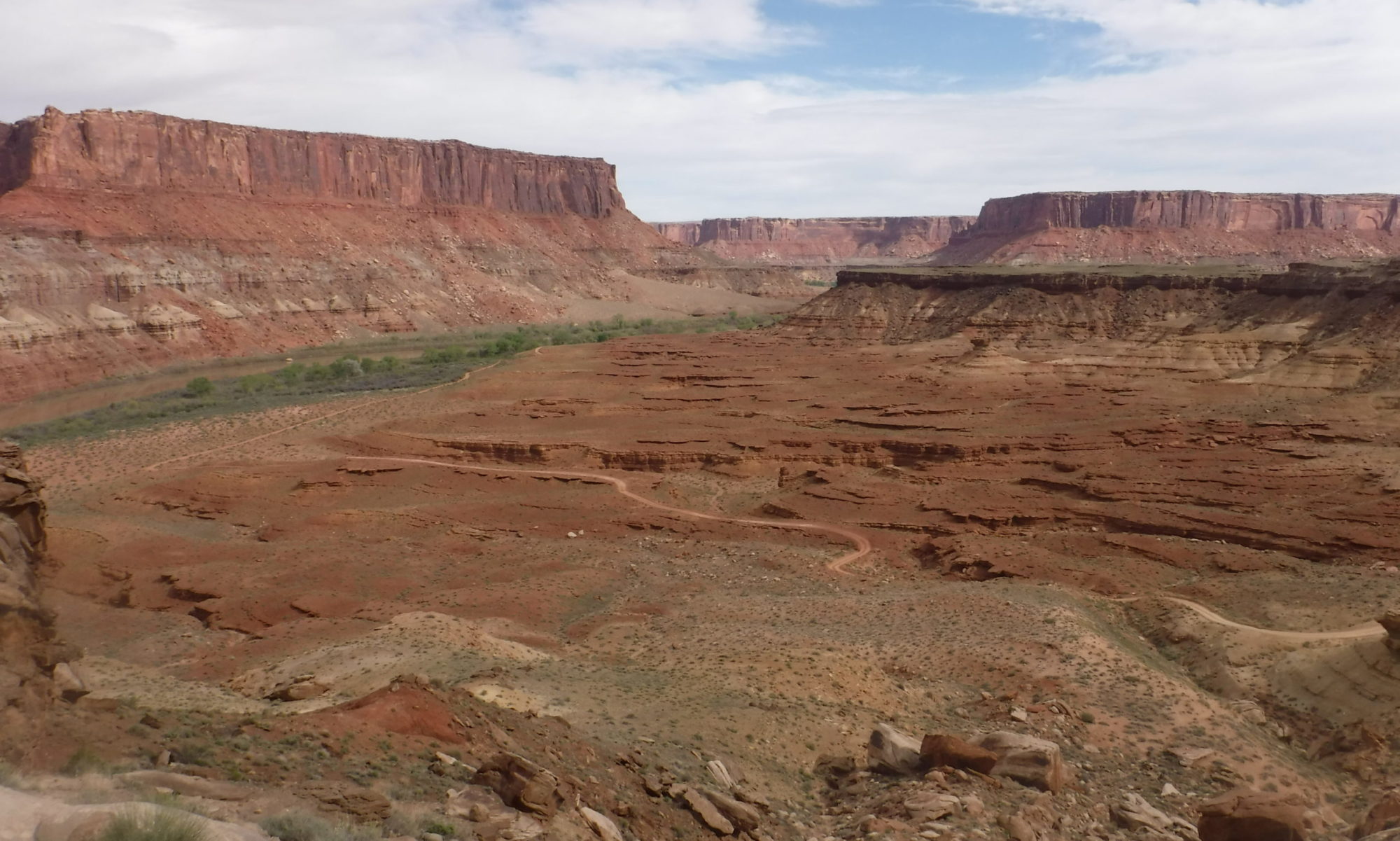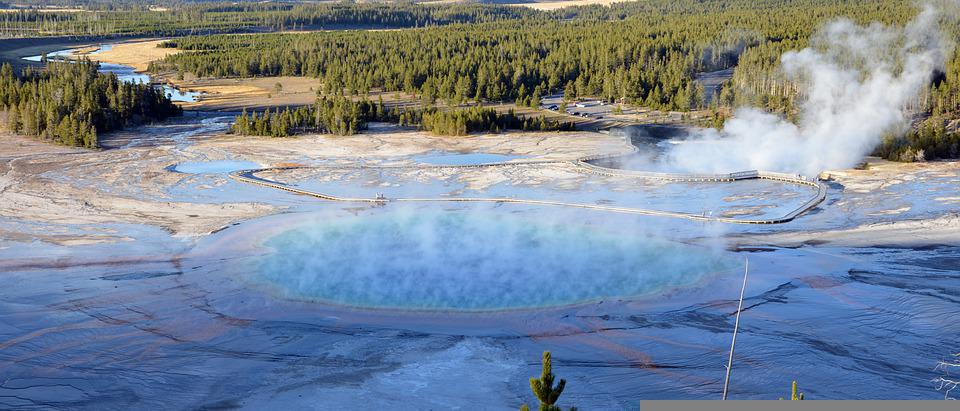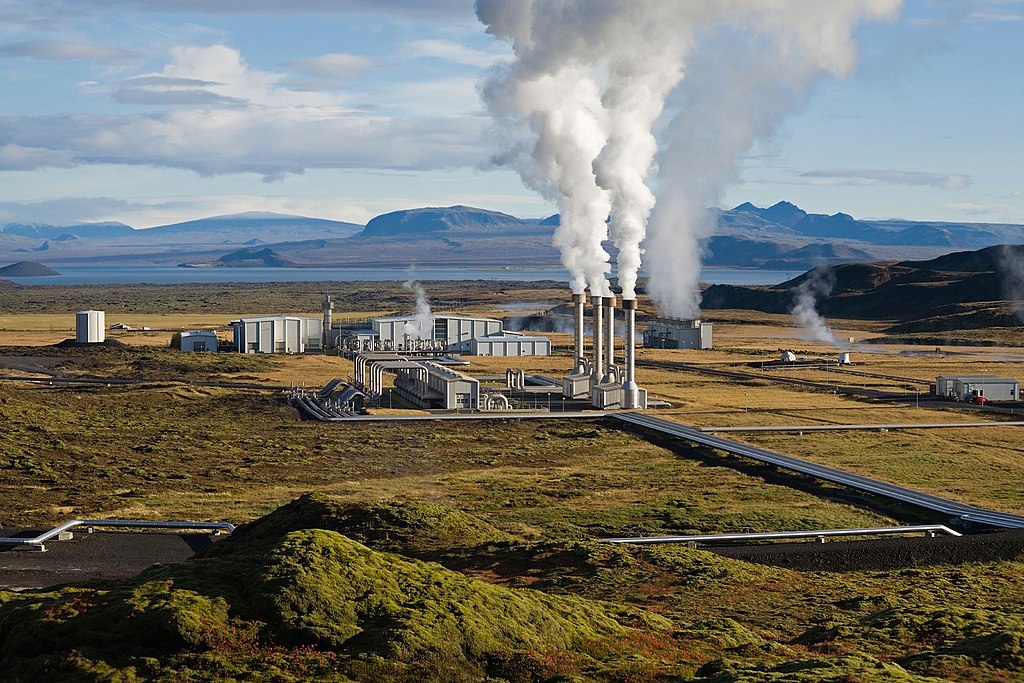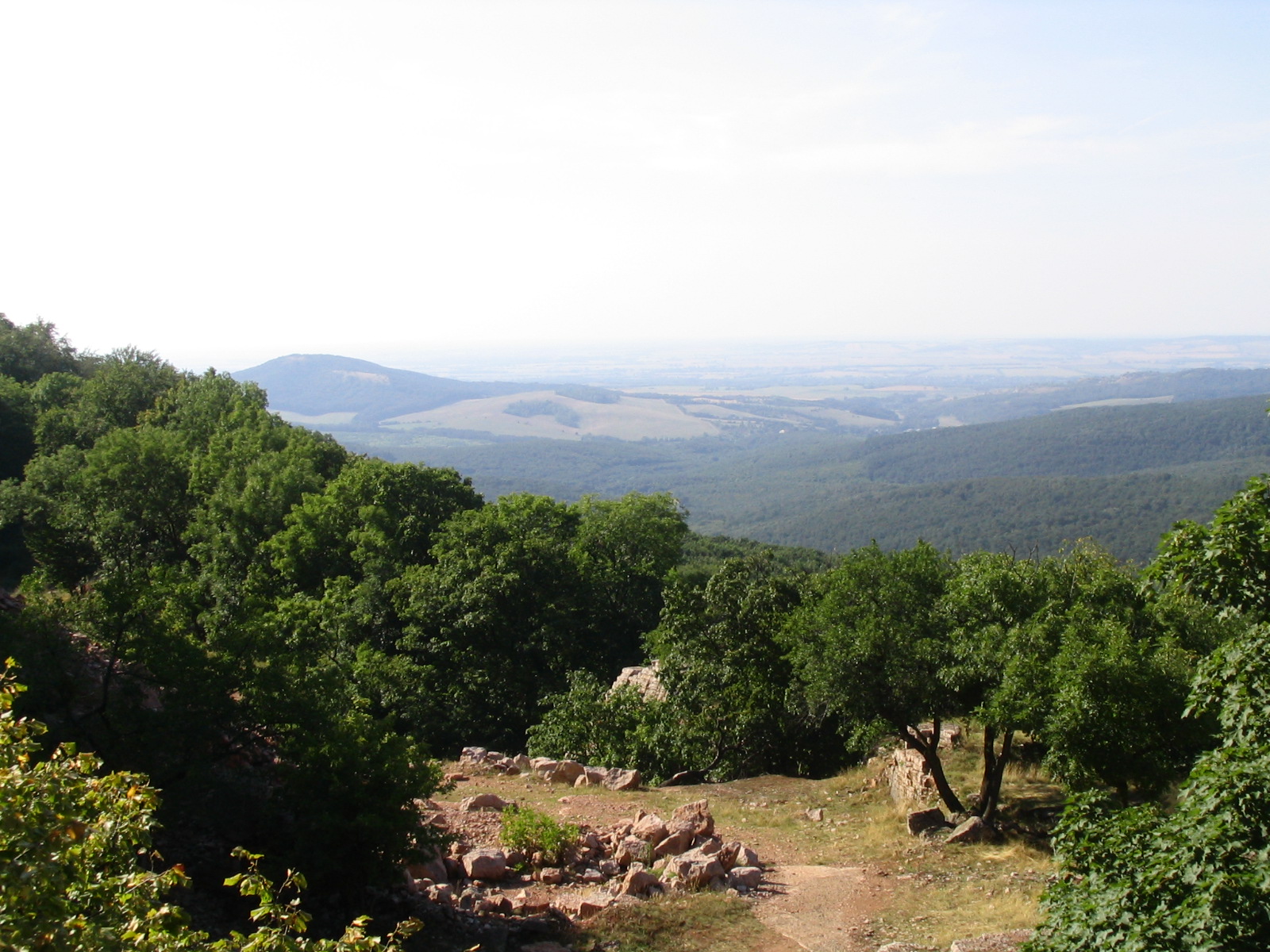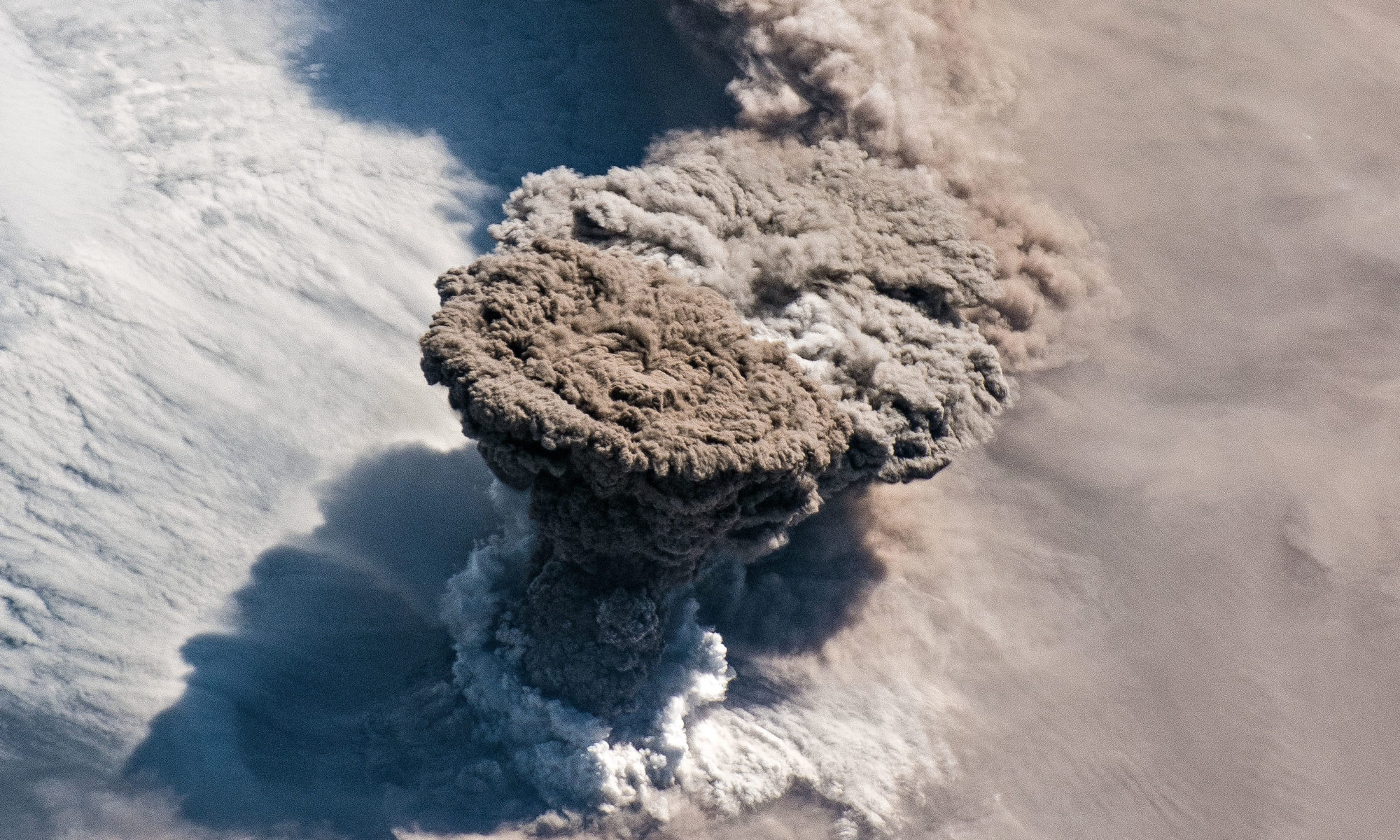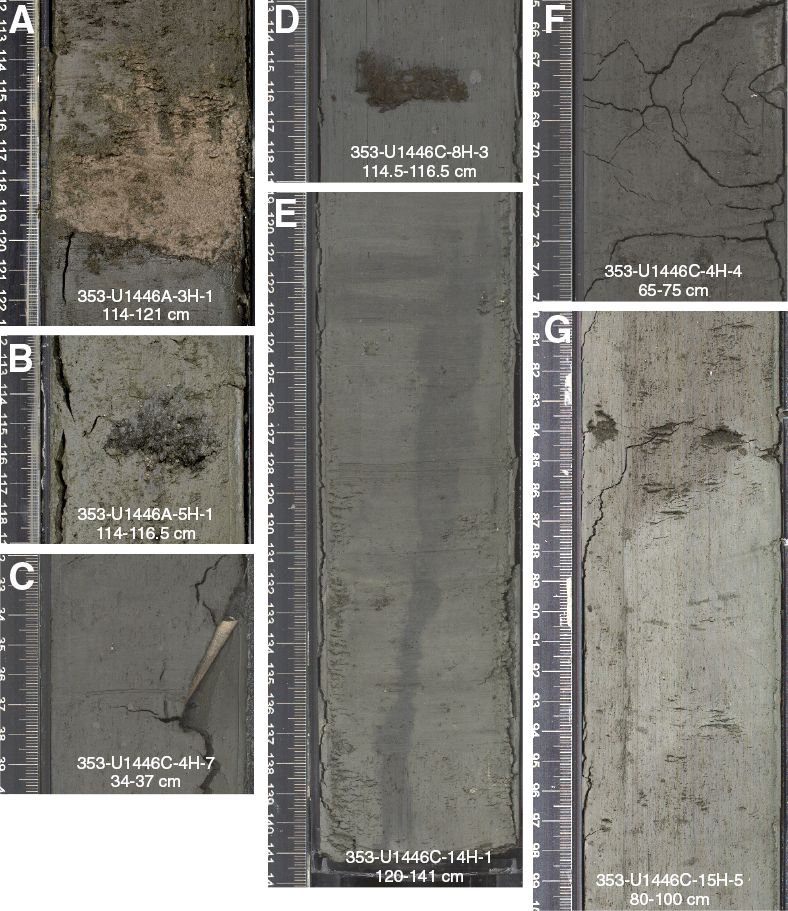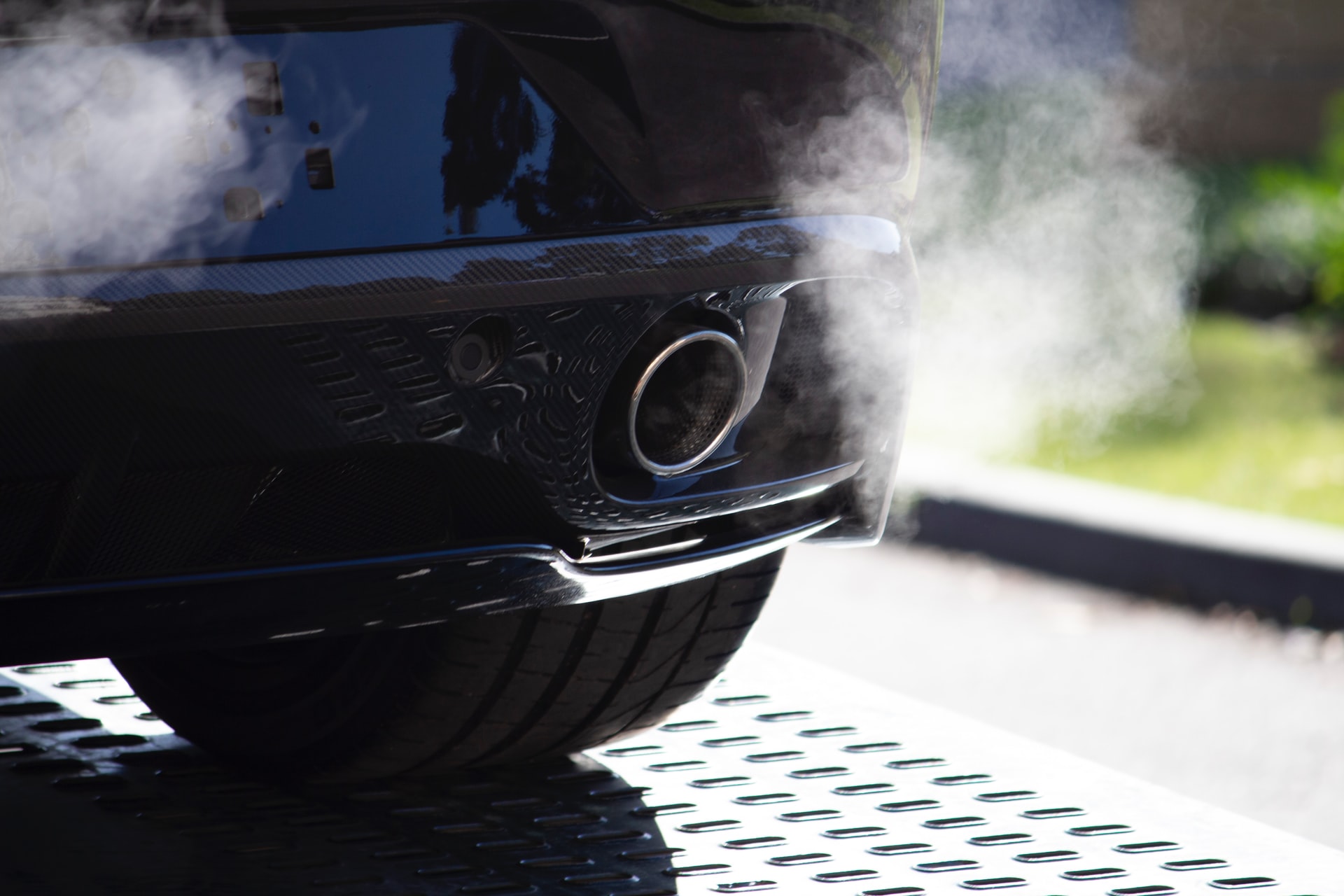Featured Image: A salmon in a stream on the Oregon coast. Photo credit: Conrad Gowell
Paper: Thiaminase activity of gastrointestinal contents of salmon and herring from the Baltic Sea
Authors: S. Wistbacka, A. Heinonen, and G. Bylund
Flintstones vitamins are generally marketed for children, but should fish be taking them too? Thiamine (vitamin B1) deficiency in fish, especially species of salmon, is a widespread issue with serious implications, as this vitamin is an integral compound required by virtually all living organisms. Vitamin B1 deficiency can lead to an array of negative health outcomes for salmon, which collectively manifest as the condition known as thiamine deficiency complex. This condition inhibits many salmon and other anadromous fish (those that migrate from the oceans to rivers to spawn) from spawning, posing a major problem for their long-term survival.
Continue reading “A Historical Link Between Thiamine Deficiency in Salmon and the Presence of Thiaminase in their Prey”